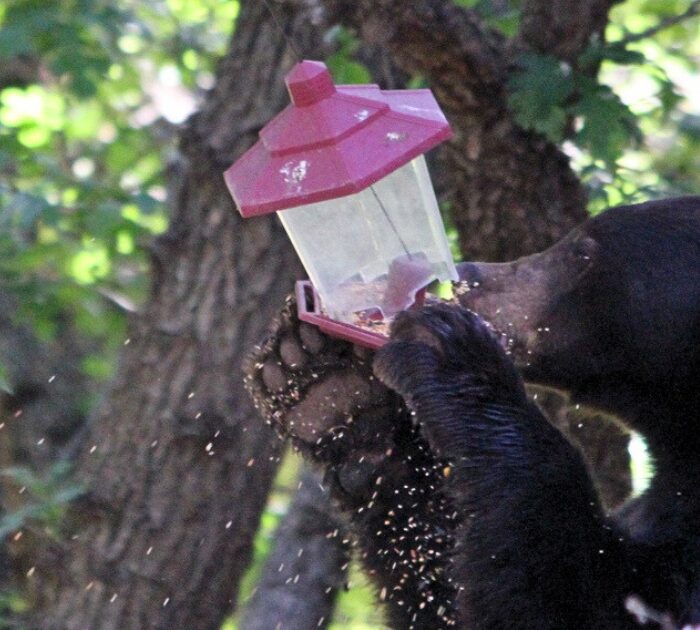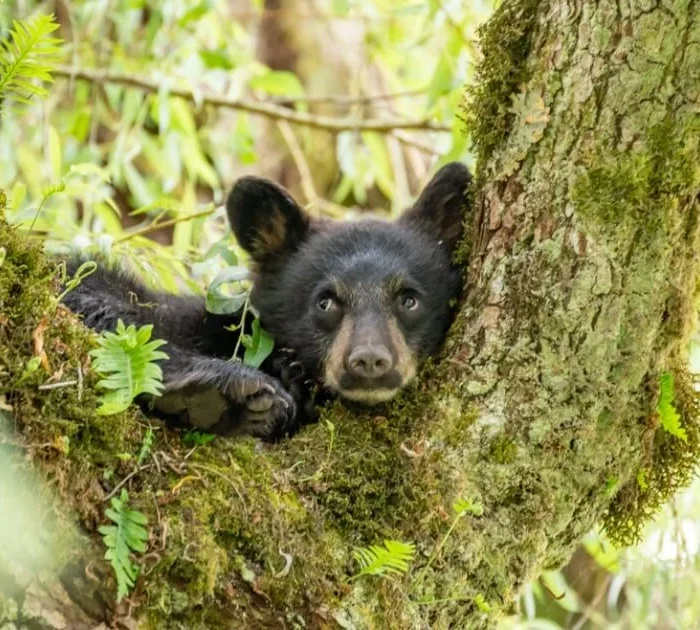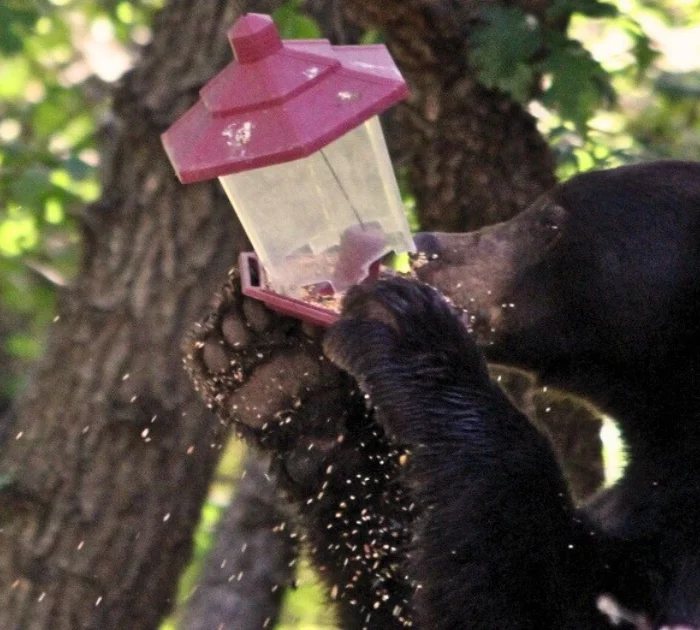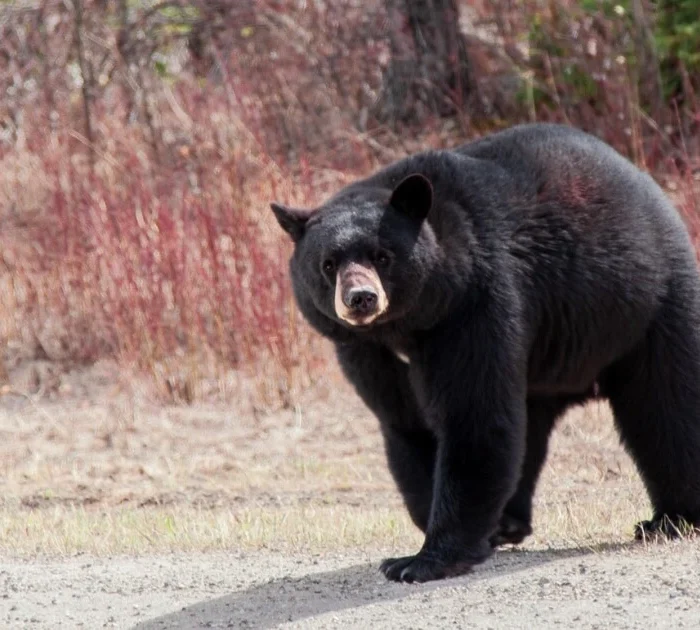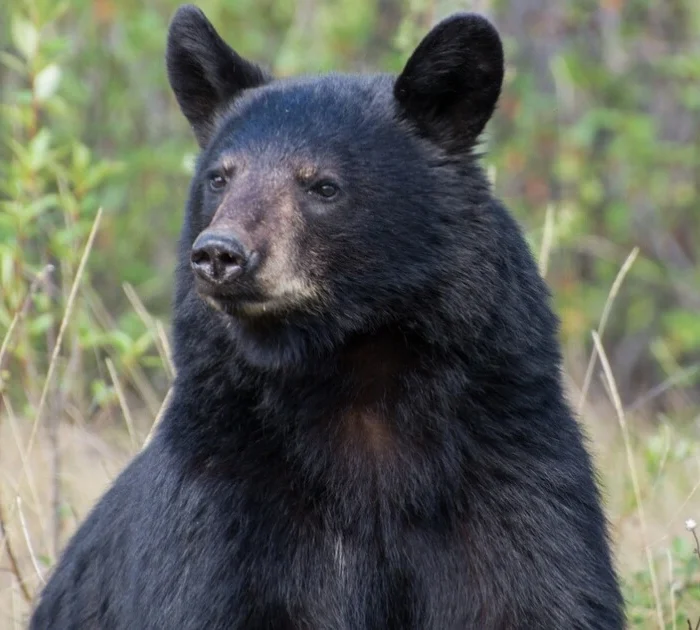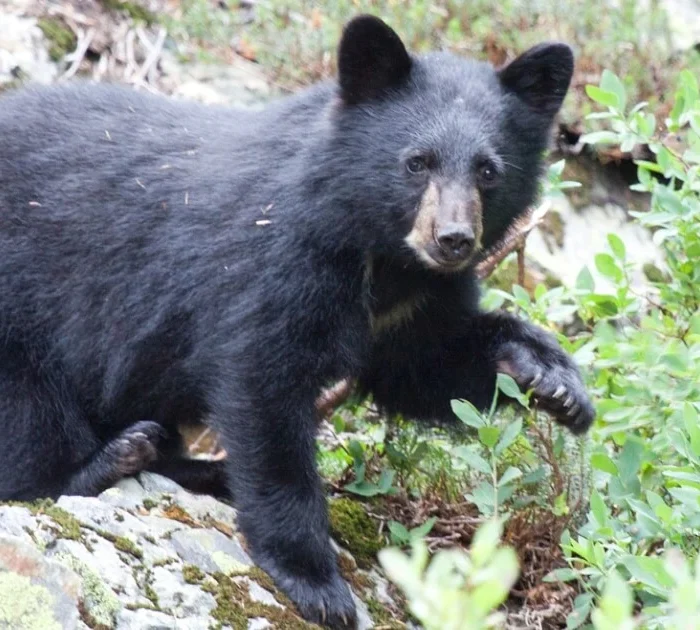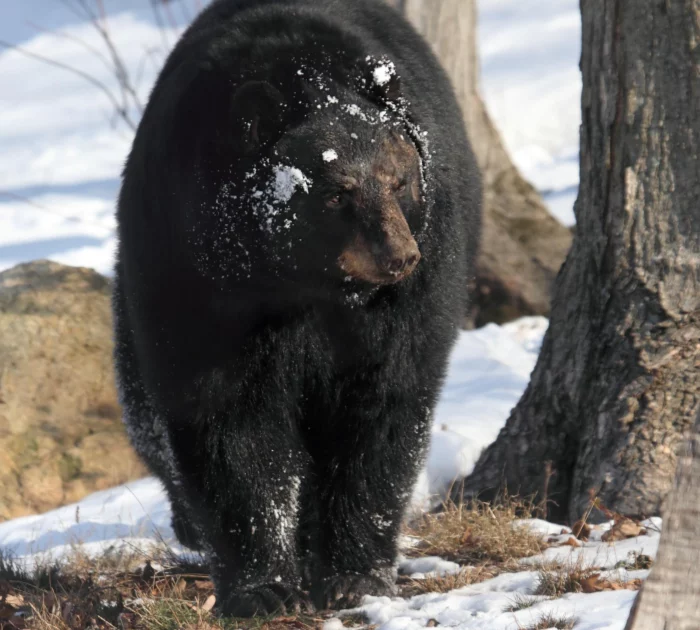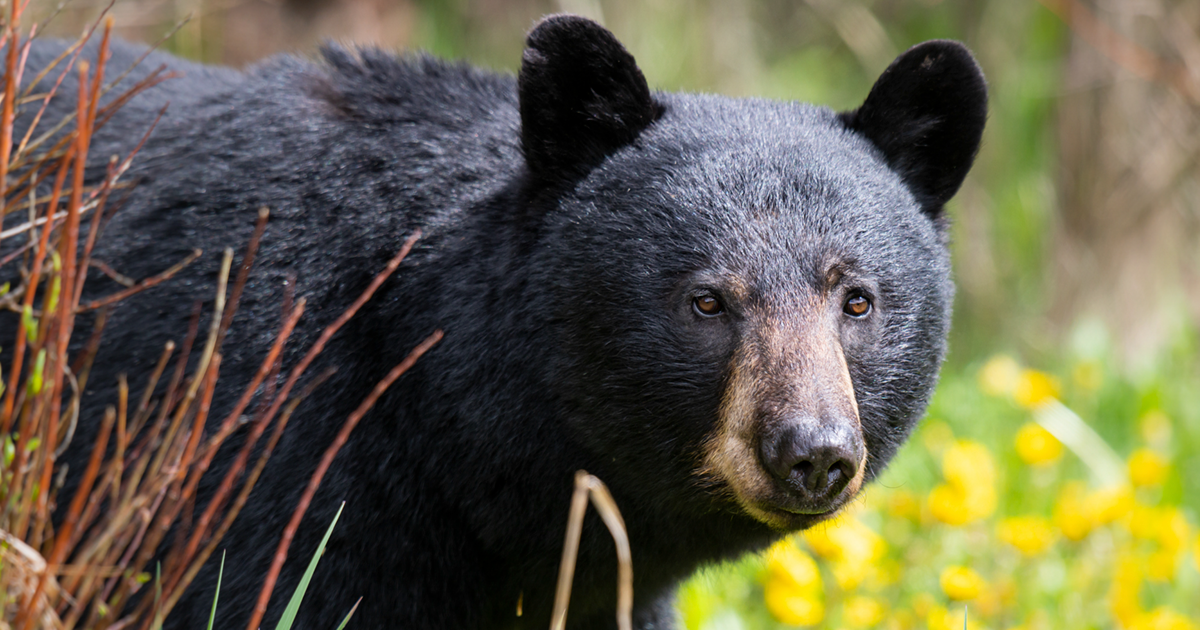
It’s time for British Columbia’s media to start challenging the status quo statements by government agents when they kill wildlife.
The facts tend to follow a theme: a bear is considered ‘habituated’ by the BC Conservation Officer Service, who then kill the bear. In media interviews, it is reported that failure to manage attractants by the public is the cause. Statistics showing the number of deaths per year, or number of calls, are sometimes handed out.
However, rarely do media ask – or at least report that they did ask – vital questions about the incident. Questions we immediately ask in response to these news items include:
- What actions did officers take from the time of the first call to the time of killing the bear? Were aversive conditioning tools deployed?
- It’s illegal to feed bears or leave accessible foods that will attract bears in British Columbia (section 33.1 of the Wildlife Act) and the BCCOS have the ability to issue fines and orders related to this. Were any fines or orders issued prior to the killing of the bear?
- If a bear is so heavily ‘food conditioned’ or ‘habituated’ that it warrants killing them, does it not warrant enforcement action upon those who were allegedly responsible?
- If the BCCOS is unable to identify those who have fed (or allowed a bear to be fed through attractants) to a degree that warrants lethal action, should an investigation not be prioritized?
- Are any local or municipal bylaws in place related to attractant management, and if so, have any of those bylaws been enforced? Has the municipality or regional district discussed attractant management and waste management practices?
- What other actions are being taken to prevent a recurrence?
When these questions are not posed by journalists, government agencies may not be held to account.
“The people must know before they can act, and there is no educator to compare with the press.”
Ida B. Wells- Developer
Our communities – including non-human animals and the environment – are stronger when journalism challenges the status quo.
You May Also Want To Read...
Bird feeders feed bears
Spring’s arrival means it’s time to put away feeders to protect wildlife who are killed when they become "food conditioned".
City of Rossland makes pawsitive move for bears
New bylaw puts financial pressure on residents to make change for black bears and other wildlife
How feeding birds feeds bears and coyotes
You can’t control who gets attracted by food or eats it when left in nature, and that can lead to consequences for wildlife.
End cycle of killing by billing repeat offenders
Black bears are being killed in disproportionate numbers in some municipalities, while we all pay the price
NEWS: Black bears on the move
September among worst months for bear deaths in British Columbia; residents reminded to secure attractants
Fall Wildlife Attractants Checklist
Help keep wildlife wild and your community coexisting by using this simple checklist.
BC’s Deadliest Communities for Black Bears
2022 data reveals the areas where bears are most often killed by Conservation Officers.
Warm winter weather can wake wildlife
People-provided food can keep bears, other animals from resting and create negative encounters
